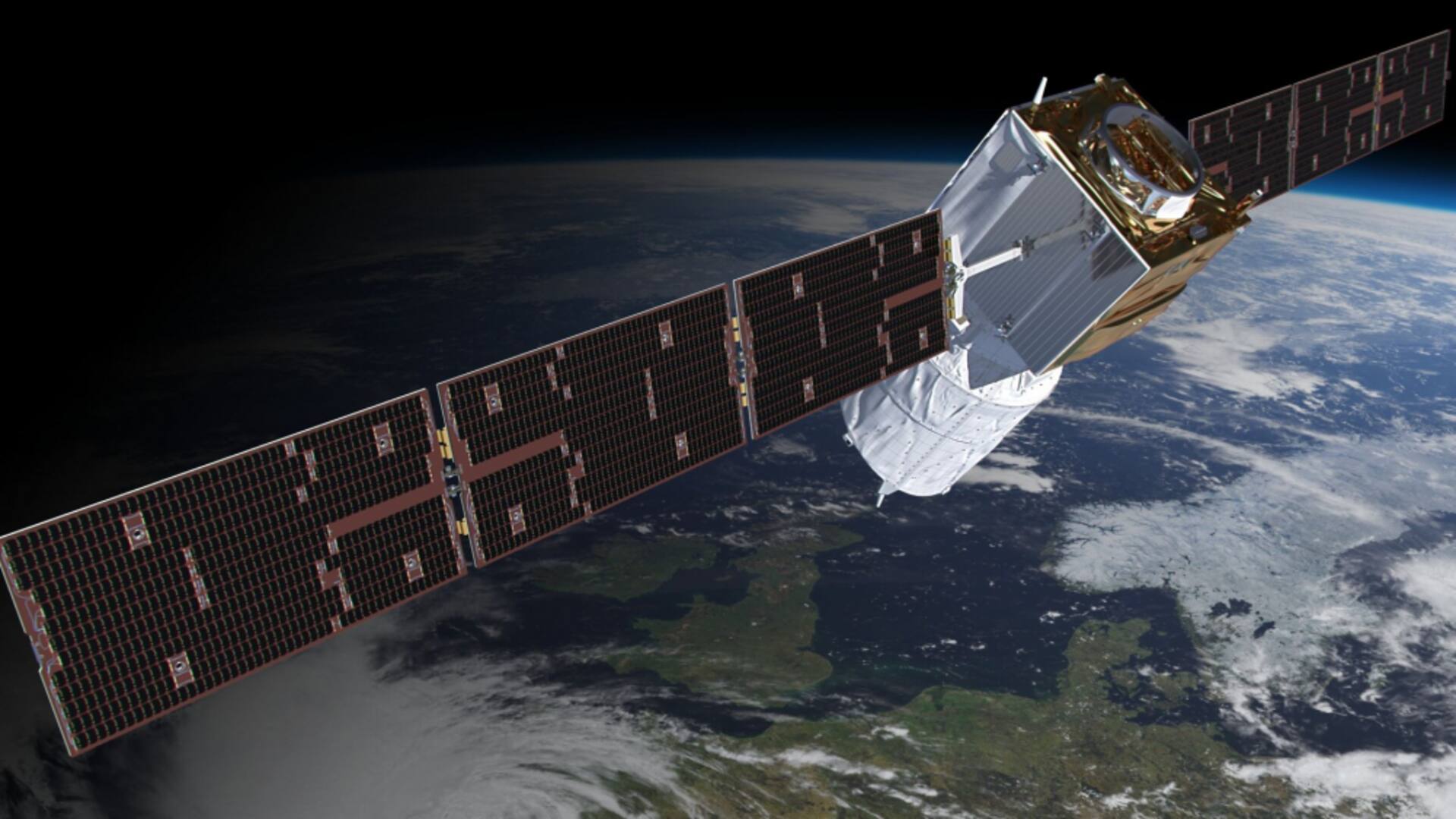
ESA plans first-of-its-kind operation to deorbit defunct satellite
What's the story
A team at the European Space Agency (ESA) is getting ready to perform a "first-of-its-kind" operation to bring back a defunct satellite. The satellite in question, Aeolus, will be guided back to Earth on July 28. The majority of the spacecraft is expected to burn up while just 20% is estimated to survive reentry through Earth's atmosphere and disperse over the Atlantic Ocean.
Aeolus
Aeolus significantly improved global weather forecasts
Aeolus was the first satellite to monitor winds on Earth from orbit in 2018. It was dubbed an "impossible mission" because of the challenges and technological developments associated with its operations. Notably, this satellite greatly improved global weather forecasts and provided crucial data for Europe's leading meteorology centers. All this made Aeolus one of the highest-impact weather satellites sent to space.
Lifetime
The mission operated for five years
After five years of successful operations, Aeolus reached the end of its life in April this year. The mission controllers finally shut off the satellite in early July. Since then, the defunct satellite has been descending steadily toward the planet, falling from a height of about 320km, which is the normal orbit altitude, at a rate of around 1km a day.
Maneuvers
The re-entry operations begin on July 24
The mission to bring back Aeolus begins on July 24. By then, the defunct satellite is expected to have reached an altitude of 280km from Earth. In the following three days, a series of maneuvers will be carried out to lower the spacecraft from 250km to 150km. The final operation on July 28 will bring Aeolus to around 100km over Earth.
Stats
A large portion of the defunct satellite will burn up
The team expects 80% of the satellite to burn up in the Earth's atmosphere during re-entry. The 20% of the spacecraft that is estimated to survive the journey to Earth will scatter over the Atlantic Ocean. As of now, the ESA team has no plans to recover the parts of the spacecraft that remain after the re-entry.
Significance
The spacecraft's remaining fuel will be used for optimal positioning
So what's special about the re-entry of Aeolus? Aeolus was planned in the 1990s and wasn't designed with the aim of guided re-entry. It would have undergone a natural descent back to the Earth. But ESA will now use the satellite's leftover fuel to attempt an assisted re-entry, targeting the ocean. Aeolus will be tracked using radar systems on the ground for precise tracking.
Need
So far falling space debris has not caused any harm
Re-entry operations like the one which will be performed on Aeolus become important given the number of satellites that we are sending into orbit. That means the amount of space junk is bound to increase in the coming years. So far, debris from space falling to Earth has not caused damage to property or any injury but the possibility of it occurring still remains.
Official words
20% of the spacecraft in orbit are not functional
"Today, we have 10,000 spacecraft in space, of which 2,000 are not functional. In terms of mass, we are speaking about 11,000 ton," said ESA's Space Debris Office Holger Krag. Every year, around 100 ton of human-made space waste falls back to Earth with large objects re-entering Earth's atmosphere roughly at a rate of around one per week.